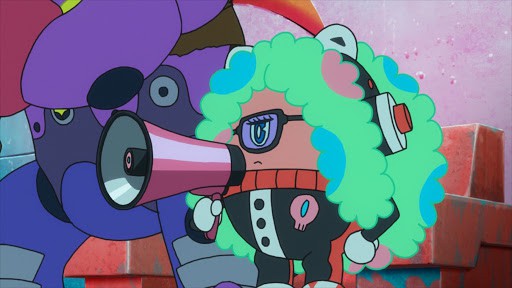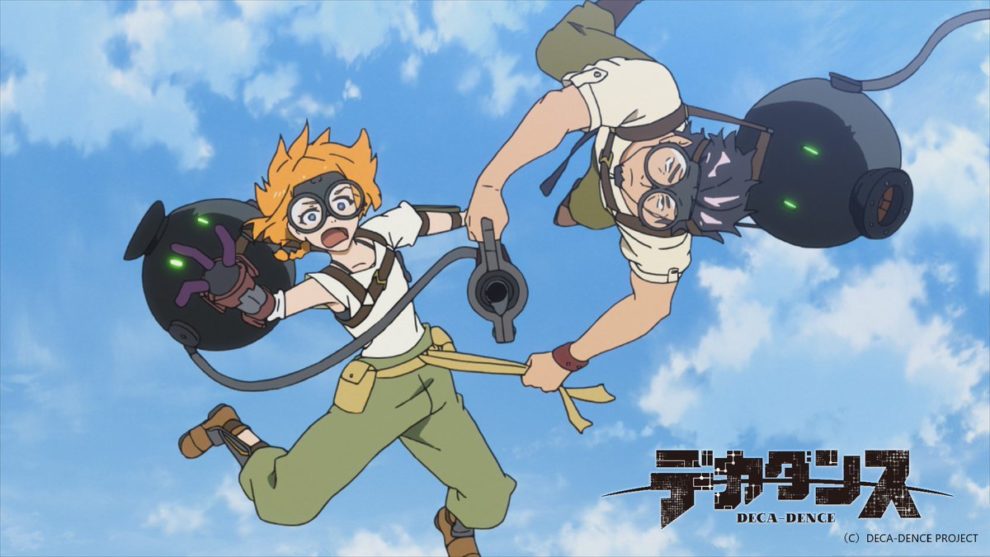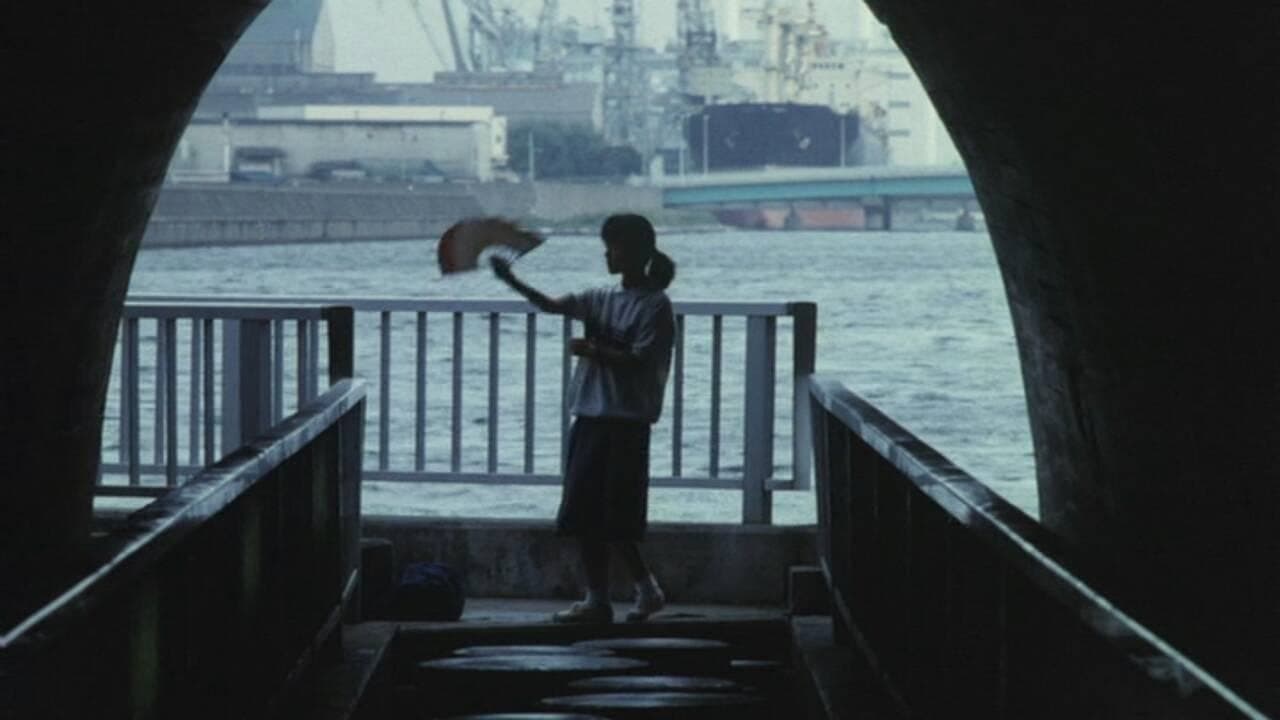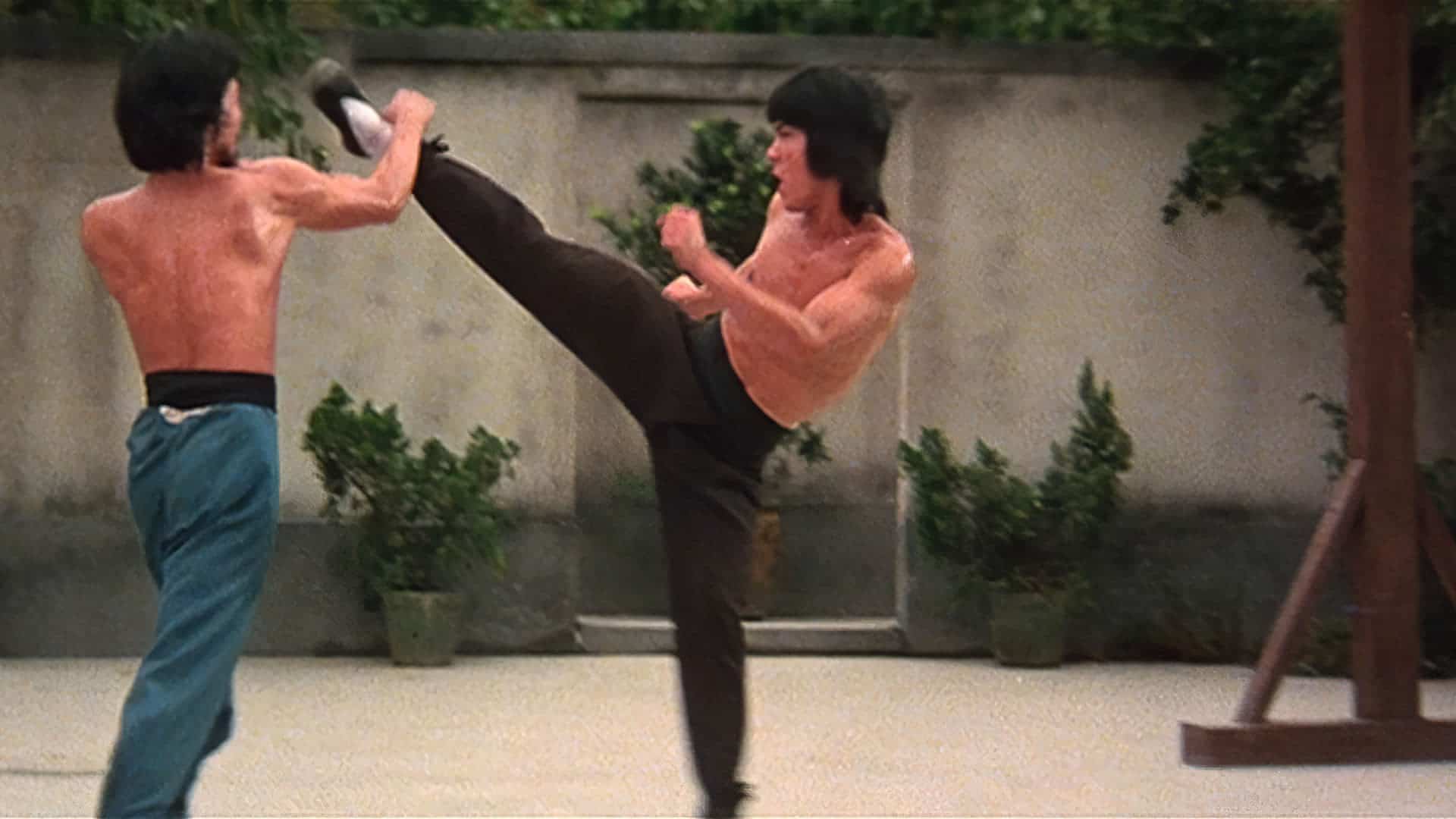In another of this year's original anime series (not based on a manga that is), the creators of “Deca-Dence” try to do something radically different with their title, combining a number of trademark elements with a rather complex and unusual main premise which also extends to the drawing and animation of the series.
Buy This Title
In the latter part of the 2400s, air pollution reached lethal levels. As humanity hurtled toward extinction, they were also threatened by the emergence of life forms known as Gadoll, causing the extinction of 90% of the world's population. Large corporations developed cyborgs to carry out human functions, but the cyborgs eventually began to outnumber humans and the Solid Quake Corporation acquired rights to manage humanity. The company created a giant dome on the Eurasian continent in which they installed a colossal entertainment facility called Deca-dence, with its own independent all-governing system to make all decisions. The cyborg citizens could then safely experience adventure as human avatars at Deca-dence without the risk of real injury.
In this setting the story of Natsume, a lowly tanker girl, begins, who sees her dreams of becoming a Gear warrior following her father's death during a Gadoll attack, shattered by the fact that her left hand is an artificial one. Her assignment is as a Tanker, and particularly in the service in charge of maintenance of the giant dome, led by a secretive man named Kaburagi. Soon, however, Natsume finds out that her boss is much more than he lets out, while it is also revealed (to the audience, not Natsume) that he also has a secret role of eliminating “bugs”, humans who manage to exist outside the system and threaten Solid Quake's operations. When Kaburagi discovers that Natsume is listed as dead in the company database, he decides to keep her under observation and offers to train her to fight.
The series begins with a number of known “loans”, with the elements from “Attack on Titan” and “Mortal Engines” being more than obvious and the first episode looking like a copycat. However, from the second episode on, and while one could say that the loans continue, this time from “Sword Art Online”, the series takes a whole other direction. To begin with, and while it is introduced that what we saw in the first part was nothing more than a MMORPG style game, the characters are now turned into avatar/retro-like ones, and in a style much reminiscent with “Spongebob Squarepants“.

Furthermore, a number of questions arise about the actual nature of these “avatars”, where the game begins and where it ends, what is fantasy and what is reality and even more, who are the aliens and who the humans? If that was not enough, the role of a number of characters remains a question, as much as the concept of “bugs” and the role Natsume and Kaburagi play in the whole story. That these questions are not clearly answered until the end adds much interest to the narrative through a distinct sense of surrealist mystery, essentially retaining it until the finale of the series.
Add to all that a wicked sense of humor that seems to permeate the whole series, in a style that again reminds of “Spongebob”, a number of brutal scenes, much drama and a number of comments revolving around human nature and the current dependence on the digital world, which reaches the borders of obsession in the case of MMORPG players, and you have the backbone of a great narrative. Both Yuzuru Tachikawa in the direction and Hiroshi Seko in the writing have done a great job in presenting all the aforementioned elements, with the duo behind “Mob Psycho 100” presenting another rather original title.
This duality of the two animation/drawing styles also highlights the great job done in both departments, with Shinichi Kurita's character design being rather detailed and well presented in the “regular” part and playful and retro in the “Spongebob” one. The battles are where the animation from Nut studio truly thrives, with the whole concept of the Deca-Dence battle mode and the fights of human against Gadolls being as artful as is usual the case in shonen anime. Particularly the final ones against the huge Gadoll is where the technical aspect of the series finds its apogee. Lastly, that the episodes actually continue over the end credits in a number of cases, also works well for the narrative, which, in combination with the music, gives the series a rather retro essence.
“Deca-Dence” can be rather confusing, but for those with patience, the series is eventually revealed as a rather rewarding as much as original one.
















